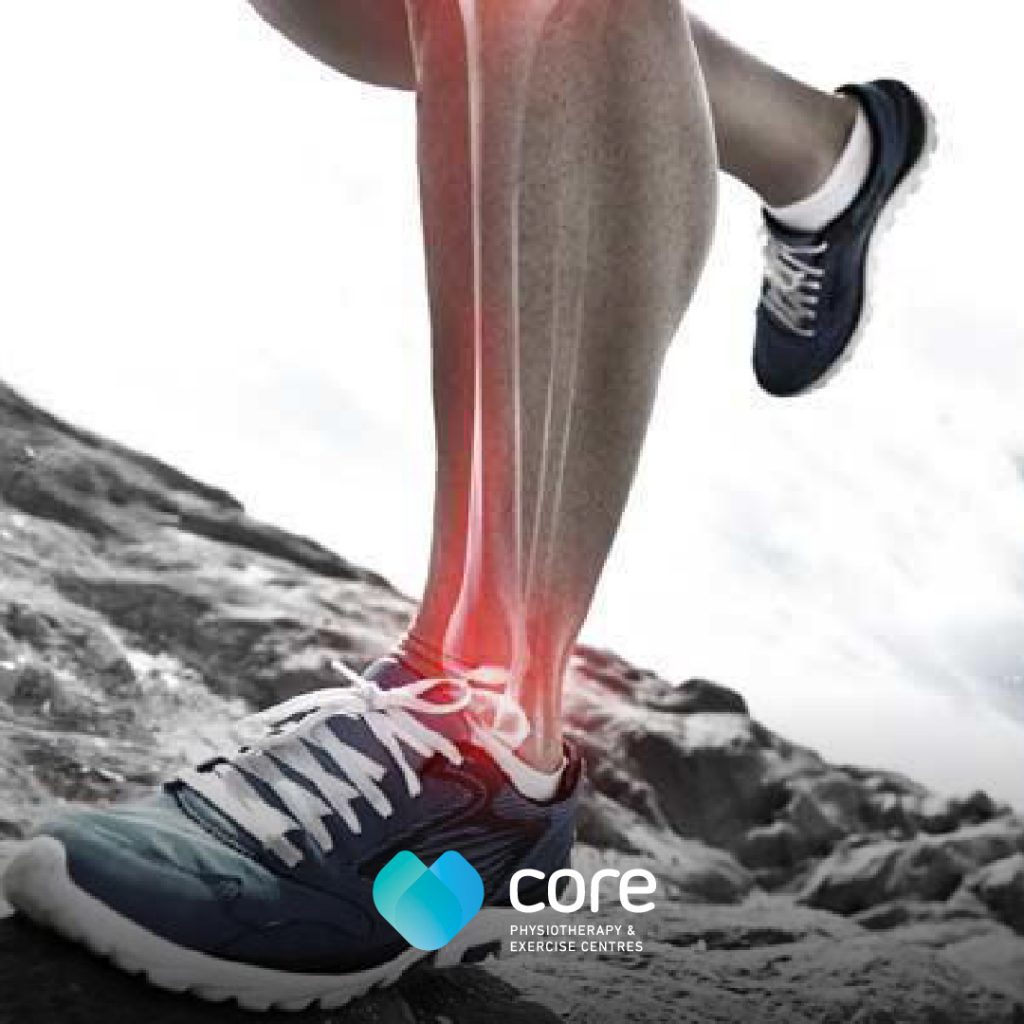
Let’s ‘Break’ down Stress Fractures
Stress fractures are a common musculoskeletal condition seen in physiotherapy clinics. Stress fractures account for approximately 10% of all injuries, occurring more commonly in females, athletes, and runners. It is described as a gradual onset of pain on many bony landmarks around the foot, shin, thigh and groin, which is brought on by activities that repetitively load the lower limb, such as running and jumping.
There are many reasons as to why stress fractures occur, however they generally occur due to increased or new loads you may not be used to doing in the lower limb. This can arise from things such as repetitive overuse and occasionally from anatomical or biomechanical abnormalities (e.g. poor technique), training/load management errors, or muscular weakness, imbalance or dysfunction. For many patients, stress fractures can resolve with activity modification, specific exercise and strengthening exercise progressions and a gradual re-exposure to activity. However, in some cases, stress fractures may linger and a more intensive rehabilitation approach is required.
Assessment
On an initial assessment, a physiotherapist will firstly ask about your symptoms, medical history, and lifestyle factors (e.g. hobbies, activities, sports) to obtain a comprehensive understanding of your condition. They will then perform a thorough assessment, which may include:
- Checking or feeling the bony landmark to feel for any tenderness or swelling
- Examining the joint range of movement to check for any soft tissue or muscle restrictions
- Assessing muscular strength, endurance and control
- Examining functional activities, such as running, squatting, stairs, or jumping, to observe for any biomechanical contributors.
Treatment
Based on the assessment findings, the physiotherapist will create an individually tailored treatment program to best support you through your rehabilitation journey. Some key factors may include:
- Phase 1 (0-6 weeks): approx.
- Most usually bracing and decreased load-bearing to ensure there is no movement around the stress fracture
- Strengthening of supporting muscle groups – core strengthening, glutes etc
- Phase 2 (6-12 weeks):
- Progression of hip and knee strengthening program.
- Soft tissue release/massage of surrounding muscles to relieve any restrictions and help with appropriate alignment
- Further biomechanical correction.
- Gradual re-exposure to activities. This may include a paced walking or jogging program.
- Correcting biomechanics and/or technique of functional activities (e.g. running, squatting, stairs).
- Hip strengthening program
- Trial things like knee taping and orthotic prescription where necessary
- Advice and education regarding activity modification and load management. In this phase, it is recommended to limit or reduce aggravating activities such as deep squats, sustained kneeling/squatting and high-impact sports (e.g. running, cycling).
- Goal setting.
- Phase 3 (12 weeks to 10 months):
- Progression of hip and knee strengthening program to incorporate high-end dynamic strengthening exercises.
- Gradual return to full work, sport and activities.
Prognosis
Most patients will start to notice improvements in pain and function quickly following a period of immobilisation, with a gradual return to work, sport and activities within 12 weeks. However, this time can vary depending on the area of a stress fracture, length and severity of your symptoms, compliance with treatment, and psychosocial contributors.
Remember, treating stress fractures is a team effort, and our physiotherapists will endeavour to work collaboratively and support you throughout your rehabilitation journey.
If you need help with pain or immobility to get you moving again, or need a tailored exercise program, book in for your treatment with one of our physios via 1300 012 273 or head to our website and book a session at your nearest clinic.
